Home>Gardening & Outdoor>Landscaping Ideas>How Long To Wait To Plant Grass Seed After Using Weed Killer
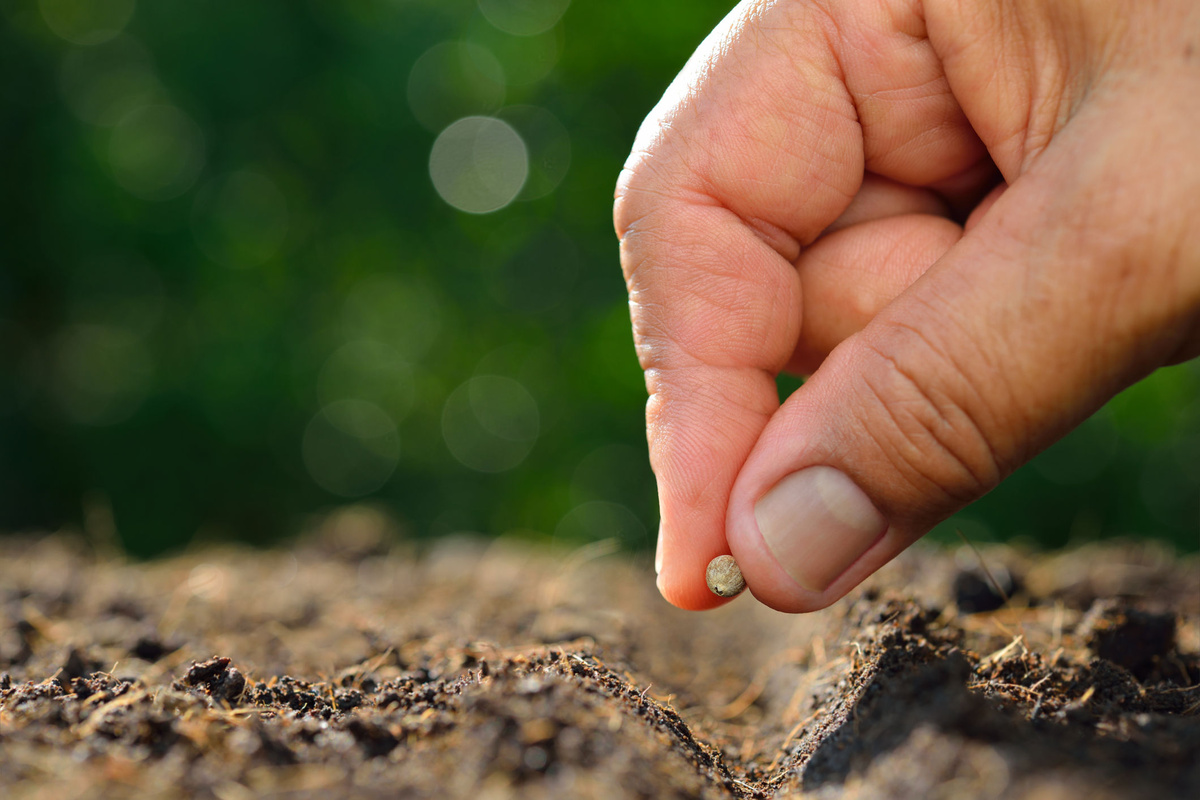

Landscaping Ideas
How Long To Wait To Plant Grass Seed After Using Weed Killer
Modified: February 18, 2024
Discover the best landscaping ideas for planting grass seed after using weed killer. Learn how long to wait and ensure a thriving lawn.
(Many of the links in this article redirect to a specific reviewed product. Your purchase of these products through affiliate links helps to generate commission for Storables.com, at no extra cost. Learn more)
Introduction
When it comes to maintaining a lush and vibrant lawn, the battle against weeds is a common challenge for many homeowners and garden enthusiasts. While weed killers can be an effective solution for controlling unwanted vegetation, they also raise important considerations when it comes to planting grass seed. Understanding the relationship between weed killers and grass seed is crucial for achieving a healthy and thriving lawn. In this comprehensive guide, we will delve into the impact of weed killers on grass seed and explore the optimal waiting period before planting grass seed after using weed killer. Additionally, we will provide valuable tips for successful grass seeding after employing weed killer, empowering you to cultivate a verdant and resilient lawn. So, let's embark on this enlightening journey to uncover the best practices for nurturing your lawn to its fullest potential.
Key Takeaways:
- Wait for the right time: After using weed killer, wait for the recommended period before planting grass seed to ensure successful growth and minimize interference from residual herbicide effects.
- Prepare for success: Assess residual effects, choose the right grass seed, and follow best practices for soil preparation and care to successfully plant grass after using weed killer.
Understanding Weed Killers
Weed killers, also known as herbicides, are chemical substances designed to control, suppress, or eliminate unwanted plants, commonly referred to as weeds. These products are formulated to target specific types of vegetation while minimizing impact on desirable plants, such as grass. There are various types of weed killers, including selective herbicides that target specific weed species and non-selective herbicides that can affect a wide range of plants.
Selective herbicides are often used to combat broadleaf weeds, such as dandelions and clover, without harming grasses. On the other hand, non-selective herbicides are effective at controlling a broader spectrum of vegetation and are commonly utilized for total vegetation control in areas like driveways, walkways, and garden beds.
It is important to note that different weed killers have varying modes of action. Some herbicides work by disrupting the growth processes of plants, while others interfere with essential metabolic functions. Understanding the specific properties and application guidelines of weed killers is essential for their safe and effective use in lawn care.
Before using any weed killer, it is crucial to carefully read and follow the manufacturer’s instructions to ensure proper application and minimize potential risks to the surrounding environment. By gaining a deeper understanding of weed killers and their targeted effects, you can make informed decisions regarding their use and mitigate any potential impact on subsequent grass seeding endeavors.
Effect of Weed Killers on Grass Seed
As effective as weed killers are in controlling unwanted vegetation, they can also have implications for the successful establishment of grass seed. When considering the impact of weed killers on grass seed, it is essential to recognize that certain herbicides may persist in the soil or have residual effects that can impede the germination and growth of newly planted grass seed.
Non-selective herbicides, in particular, pose a greater risk to grass seed as they can inhibit the growth of a wide range of plants, including desired grass species. Additionally, some weed killers may alter the soil’s composition or create unfavorable conditions for grass seed germination, such as affecting soil pH levels or nutrient availability.
Furthermore, the timing of weed killer application in relation to grass seeding is a critical factor. If herbicides are applied too close to the intended grass seeding date, residual chemical presence or soil conditions may hinder the successful establishment of the grass seed, leading to reduced germination rates or poor growth outcomes.
It is important to note that the specific impact of weed killers on grass seed can vary depending on the type of herbicide used, the application method, and the environmental conditions. Understanding these potential effects is vital for making informed decisions when planning to seed new grass in areas previously treated with weed killers.
By being mindful of the potential consequences of weed killers on grass seed, you can take proactive measures to mitigate any adverse effects and set the stage for successful grass seeding and robust lawn growth.
Wait at least 4 weeks after using weed killer before planting grass seed. This allows the chemicals to break down and reduces the risk of the grass seed being affected.
Waiting Period Before Planting Grass Seed
After using weed killer in your lawn, it’s crucial to allow for an appropriate waiting period before planting grass seed to ensure optimal conditions for successful germination and growth. The waiting period, also known as the reseeding interval, varies depending on the type of weed killer used and its residual effects. Understanding the recommended waiting period is essential for maximizing the chances of establishing healthy and vigorous grass in treated areas.
For non-selective herbicides or weed killers with long-lasting residual effects, it is generally advisable to wait for a significant period before planting grass seed. This waiting period allows the herbicide to break down or dissipate in the soil, reducing the risk of inhibiting the germination and growth of newly planted grass seed. The specific waiting period can range from several weeks to several months, depending on the product’s properties and the environmental conditions.
Conversely, selective herbicides designed for use in lawns may have shorter waiting periods due to their targeted action on specific weed species, with some products allowing for grass seeding within a few weeks of application. It is crucial to consult the herbicide’s label or product documentation for precise guidelines on the reseeding interval, as manufacturers provide specific recommendations based on their product’s formulation and intended use.
Factors such as climate, soil composition, and the overall health of the lawn can also influence the duration of the waiting period. In regions with favorable growing conditions, the waiting period may be shorter compared to areas with less conducive environmental factors.
By adhering to the recommended waiting period before planting grass seed, you can enhance the likelihood of successful grass establishment and minimize the potential interference of residual herbicide effects on the germination and growth process. This strategic approach sets the stage for a resilient and flourishing lawn, ensuring that your efforts yield the desired results.
Tips for Successful Grass Seeding After Using Weed Killer
When preparing to plant grass seed in areas previously treated with weed killer, employing the following tips can significantly enhance the likelihood of successful grass establishment and promote a thriving lawn:
- Assess Residual Effects: Before proceeding with grass seeding, assess the residual effects of the weed killer used. Consider the type of herbicide, its application rate, and the time elapsed since treatment to gauge the potential impact on grass seed germination and growth.
- Soil Testing: Conduct a soil test to evaluate key parameters such as pH levels, nutrient content, and overall soil health. Addressing any imbalances or deficiencies can create an optimal environment for grass seed germination and establishment.
- Wait for the Recommended Period: Adhere to the waiting period specified by the herbicide manufacturer before planting grass seed. This allows sufficient time for any residual herbicide effects to dissipate, reducing the risk of interference with grass germination.
- Choose the Right Grass Seed: Select high-quality grass seed that is well-suited to the specific growing conditions of your lawn, including factors such as sunlight exposure, soil type, and climate. Choosing the right grass seed enhances its adaptability and resilience.
- Prepare the Soil: Thoroughly prepare the soil by loosening the top layer and removing any debris or remnants of treated vegetation. This promotes better seed-to-soil contact and creates an optimal seedbed for germination.
- Apply Starter Fertilizer: Consider using a starter fertilizer when planting grass seed to provide essential nutrients that support early root development and overall seedling vigor.
- Water Adequately: Maintain consistent moisture levels in the seeded areas by watering gently and regularly. Proper irrigation is crucial for supporting germination and initial grass growth.
- Monitor Progress: Keep a close eye on the seeded areas and monitor the progress of grass germination. Address any issues promptly, such as uneven germination or potential signs of stress.
- Implement Post-Emergence Care: Once the grass seedlings have emerged, continue to provide appropriate care, including mowing, fertilization, and weed control as needed, to encourage healthy and robust lawn development.
By following these tips and best practices, you can navigate the process of seeding grass after using weed killer with confidence, setting the stage for a verdant and resilient lawn that enhances the beauty and functionality of your outdoor space.
Conclusion
Successfully planting grass seed after using weed killer requires a strategic and informed approach to ensure optimal conditions for germination and growth. By understanding the impact of weed killers on grass seed and adhering to recommended waiting periods, you can navigate potential challenges and set the stage for a thriving lawn.
It is essential to recognize the diverse effects of different herbicides and their implications for grass seeding. Non-selective herbicides, in particular, can pose a greater risk to newly planted grass seed due to their broad-spectrum action, necessitating longer waiting periods to mitigate potential interference with germination and growth.
When preparing to seed grass in treated areas, assessing residual herbicide effects, conducting soil testing, and selecting the right grass seed are crucial steps in promoting successful establishment. Additionally, proper soil preparation, adequate watering, and post-emergence care contribute to fostering healthy and resilient grass growth.
By integrating these insights and implementing best practices, you can overcome the challenges associated with planting grass seed after using weed killer and cultivate a vibrant and enduring lawn. With careful planning, proactive measures, and attentive care, you can transform your outdoor space into a lush and inviting environment that enhances the beauty and enjoyment of your home.
Ultimately, the journey of nurturing a thriving lawn after weed killer application is a rewarding endeavor, showcasing your dedication to creating a captivating and sustainable landscape that flourishes for years to come.
Frequently Asked Questions about How Long To Wait To Plant Grass Seed After Using Weed Killer
Was this page helpful?
At Storables.com, we guarantee accurate and reliable information. Our content, validated by Expert Board Contributors, is crafted following stringent Editorial Policies. We're committed to providing you with well-researched, expert-backed insights for all your informational needs.
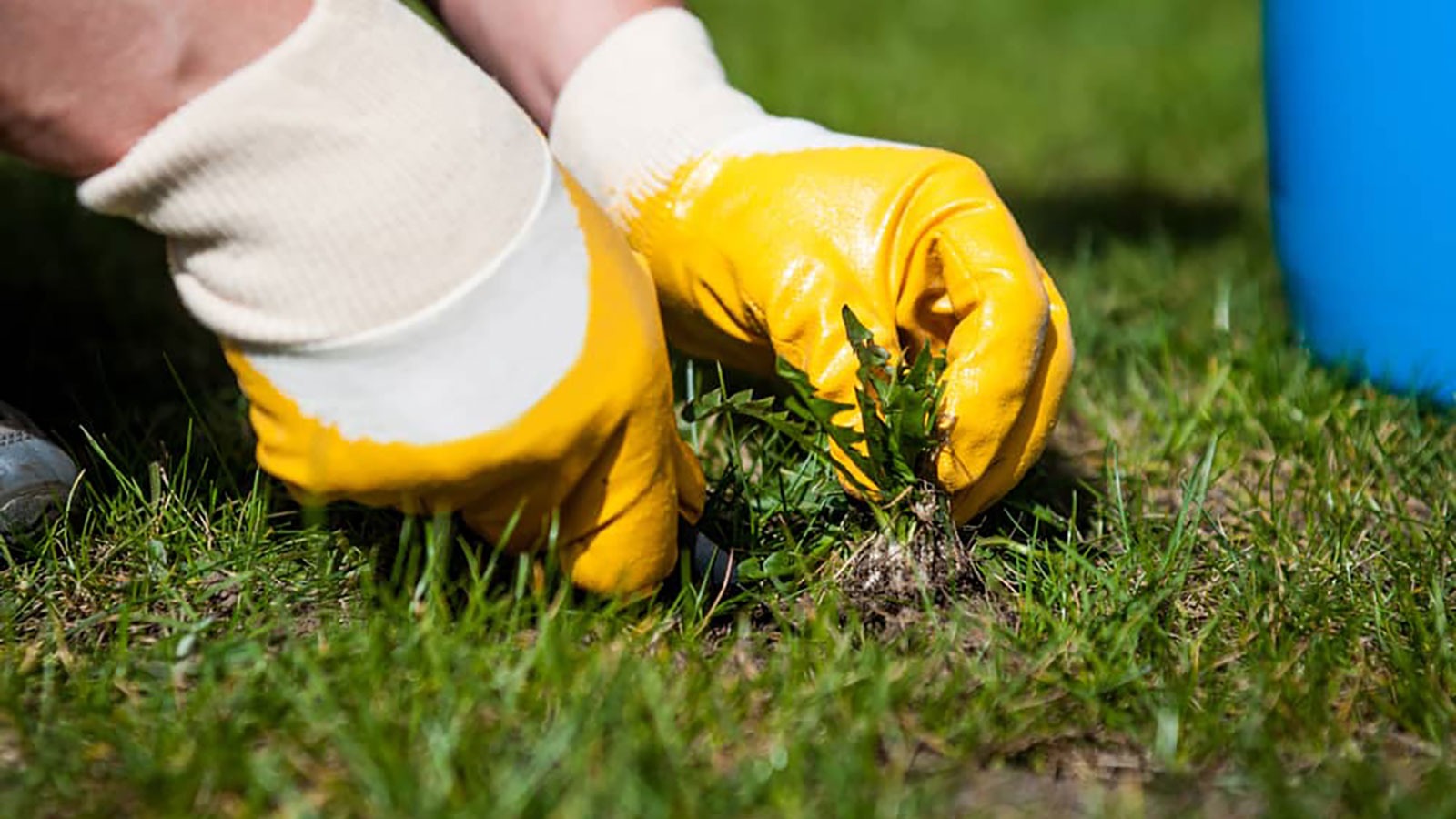
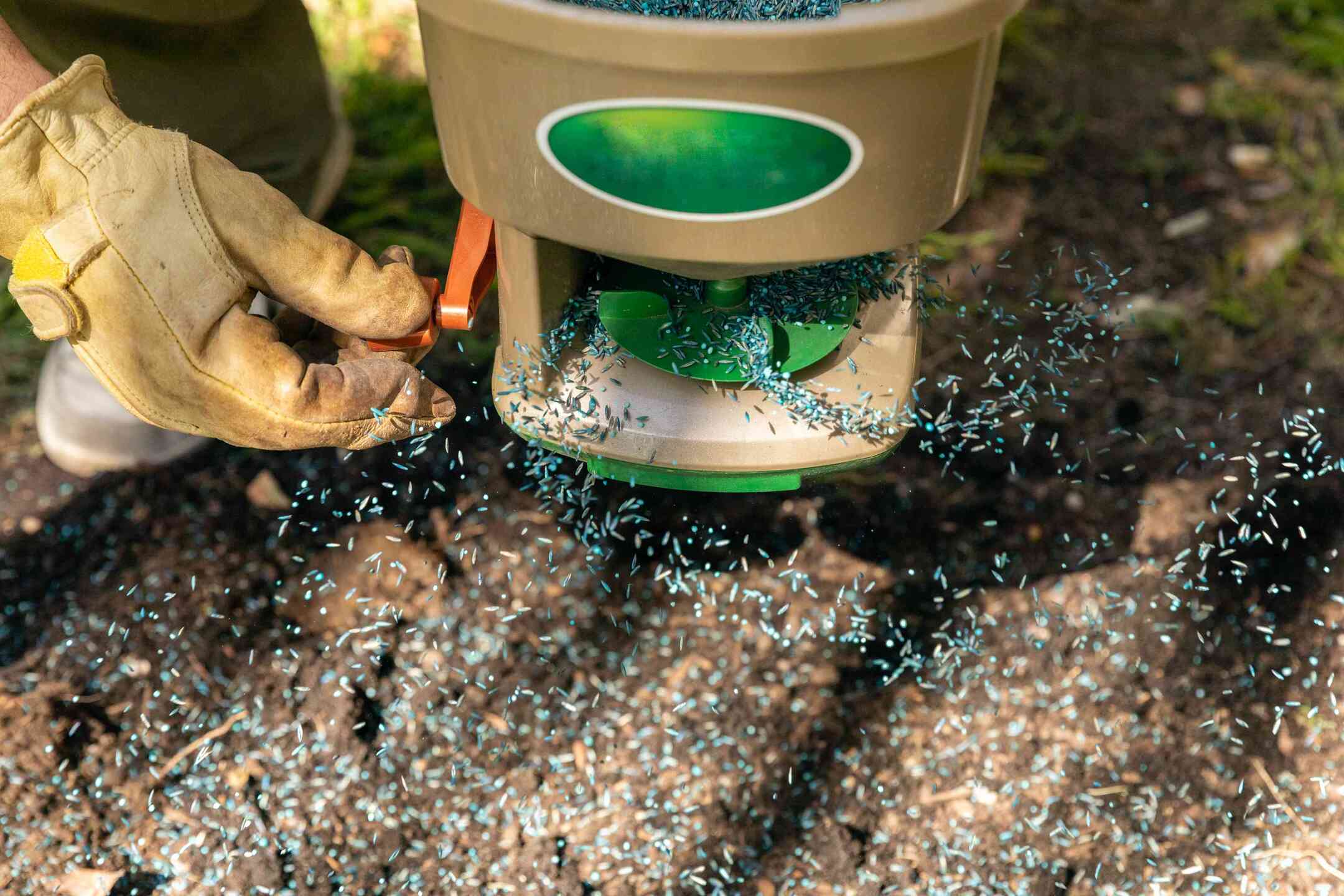
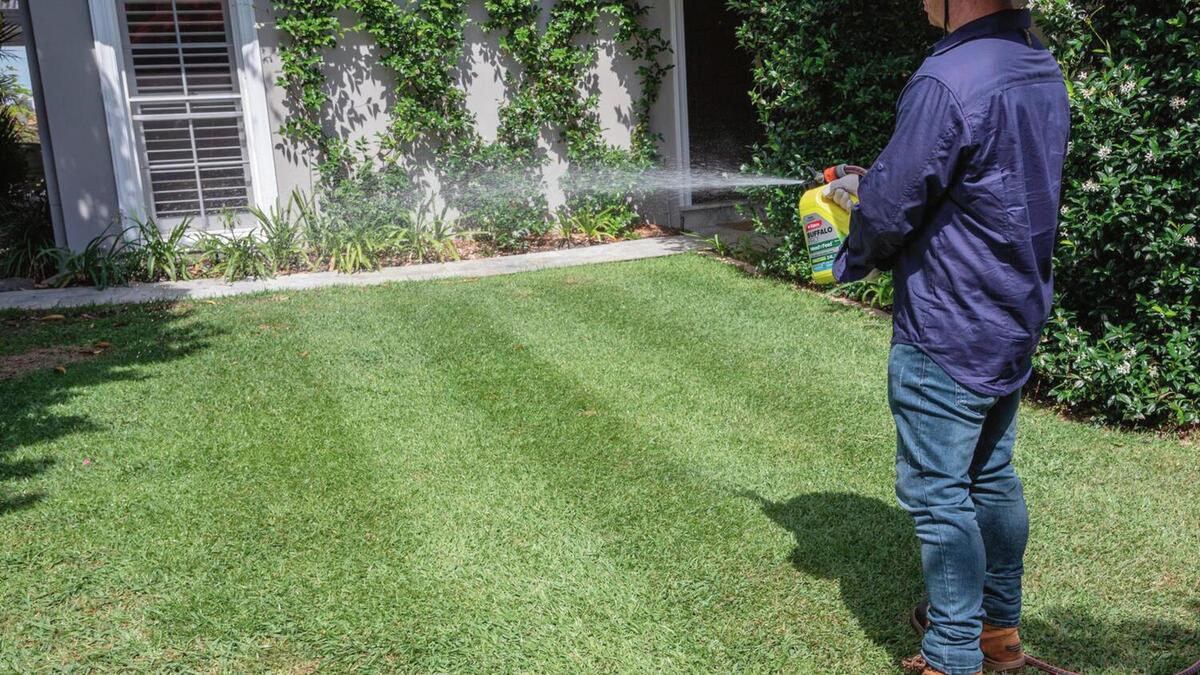
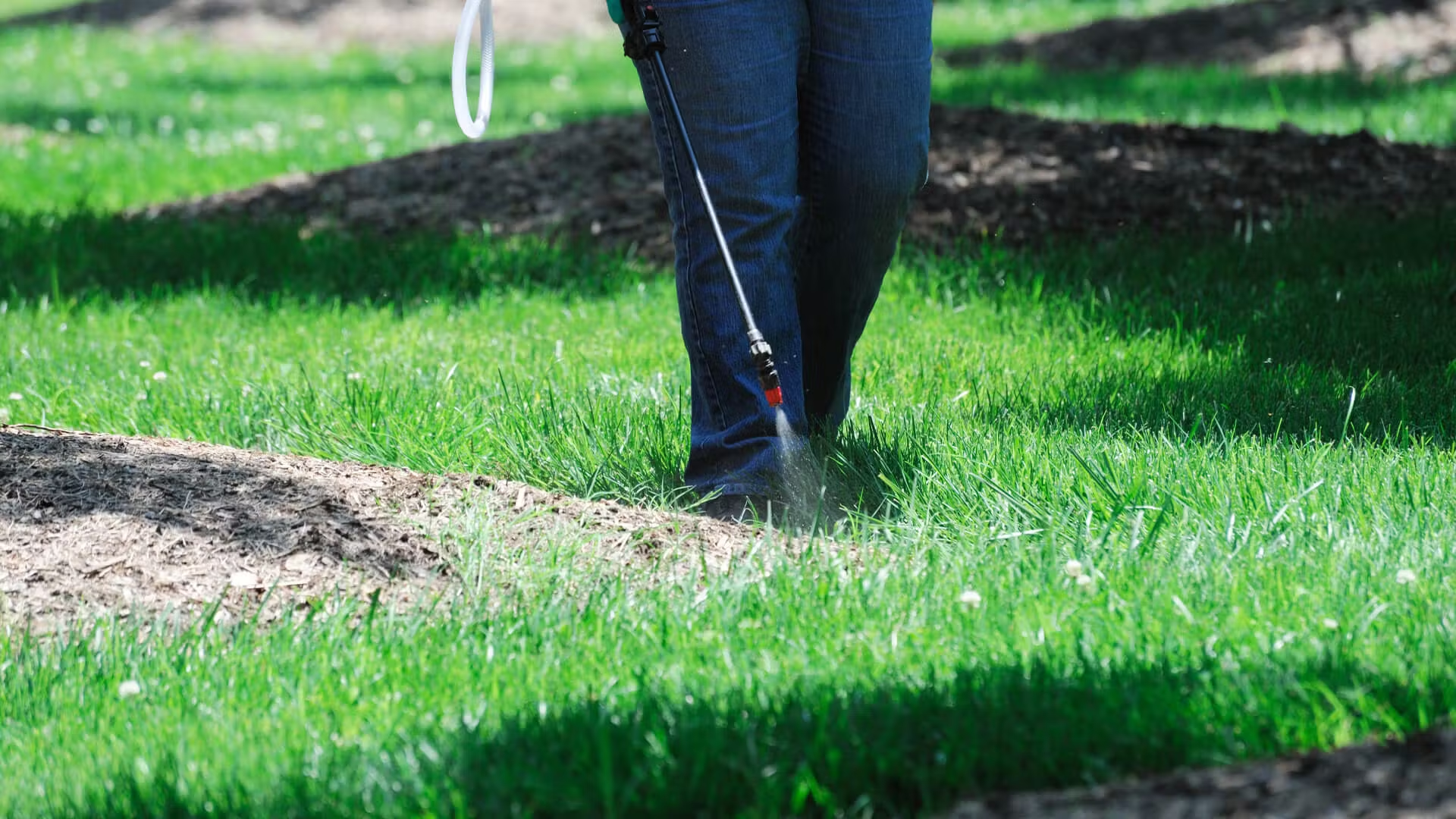
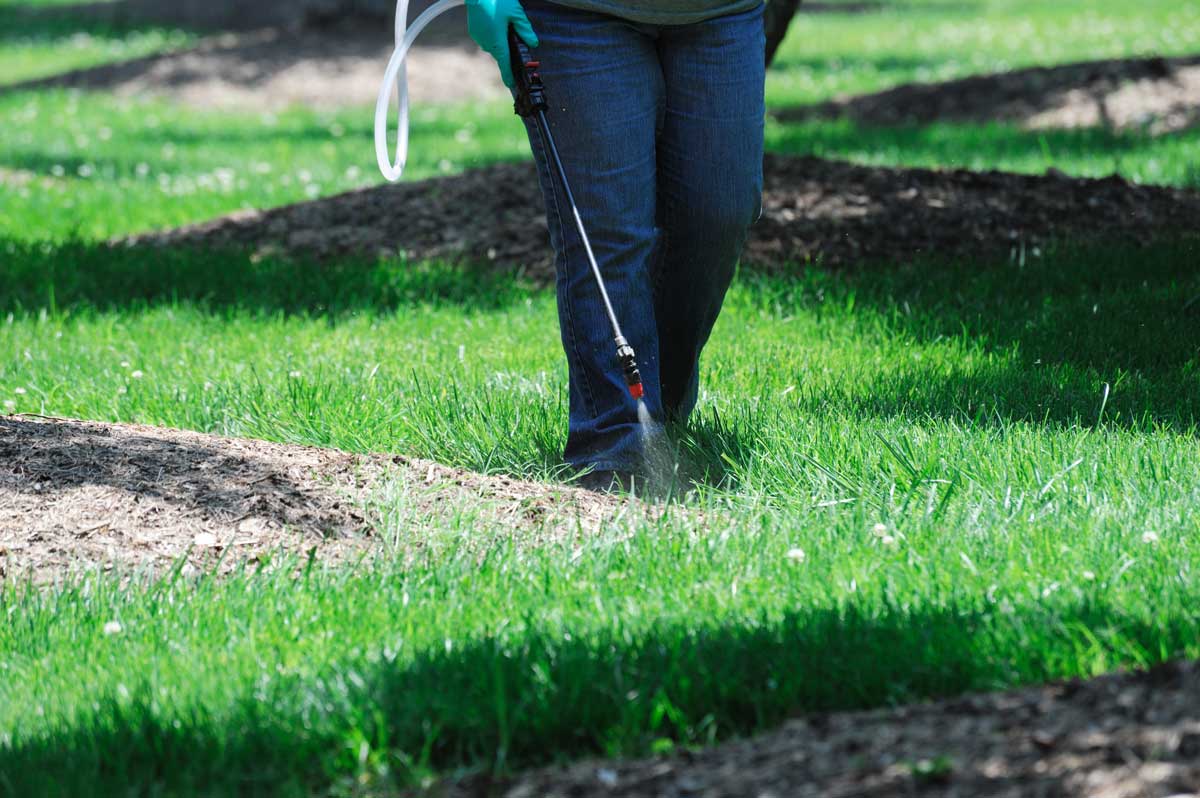
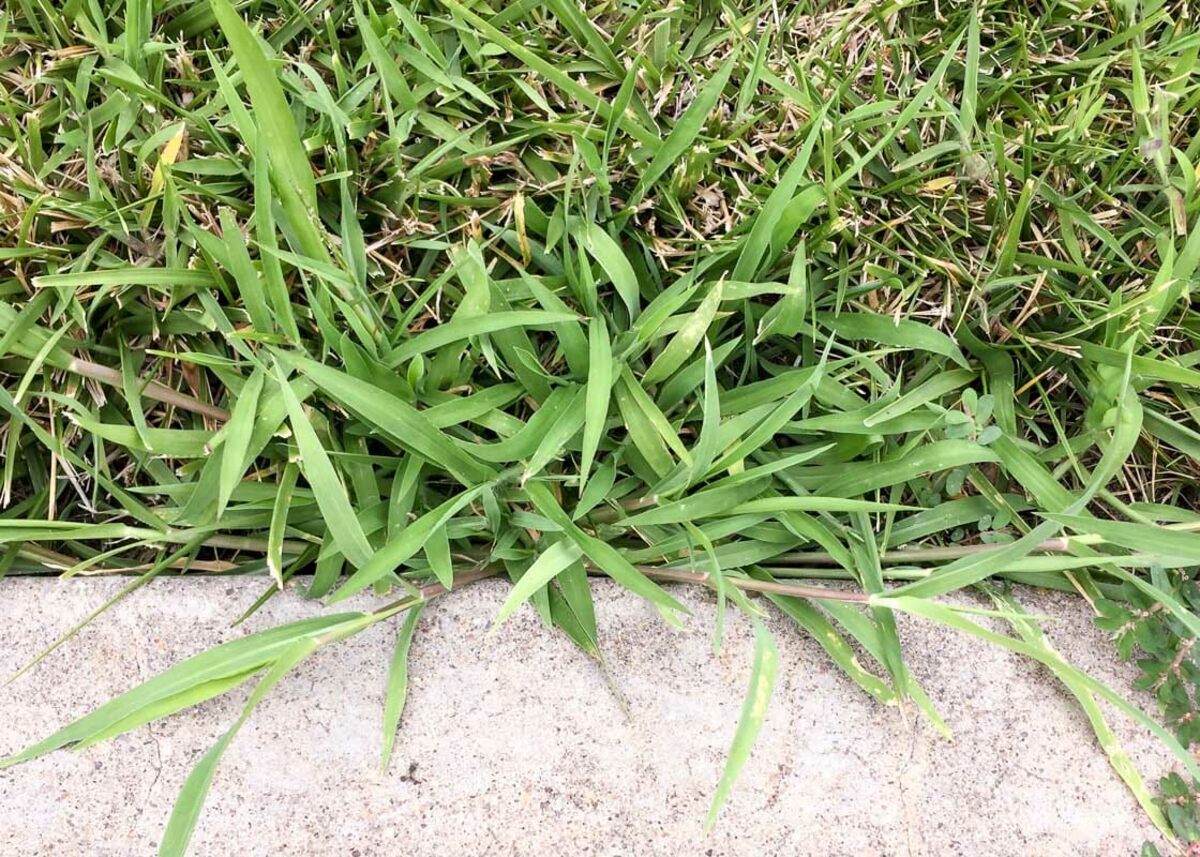
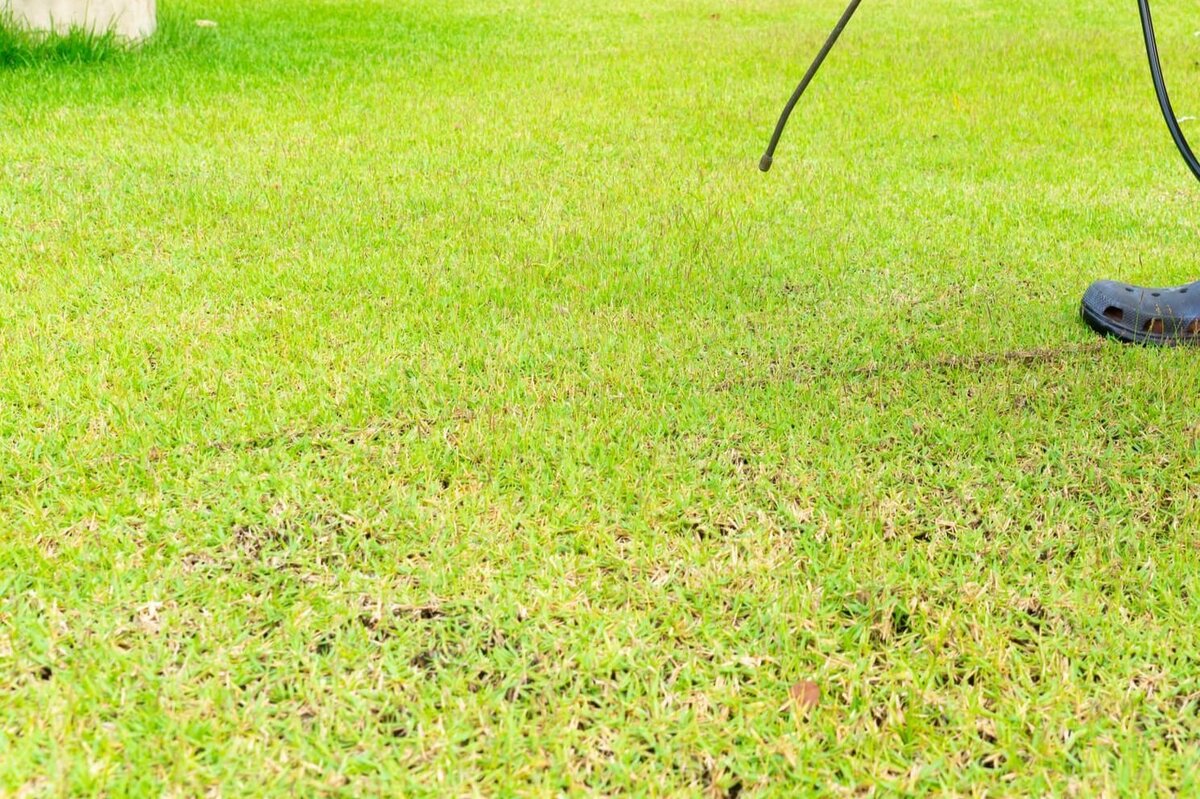
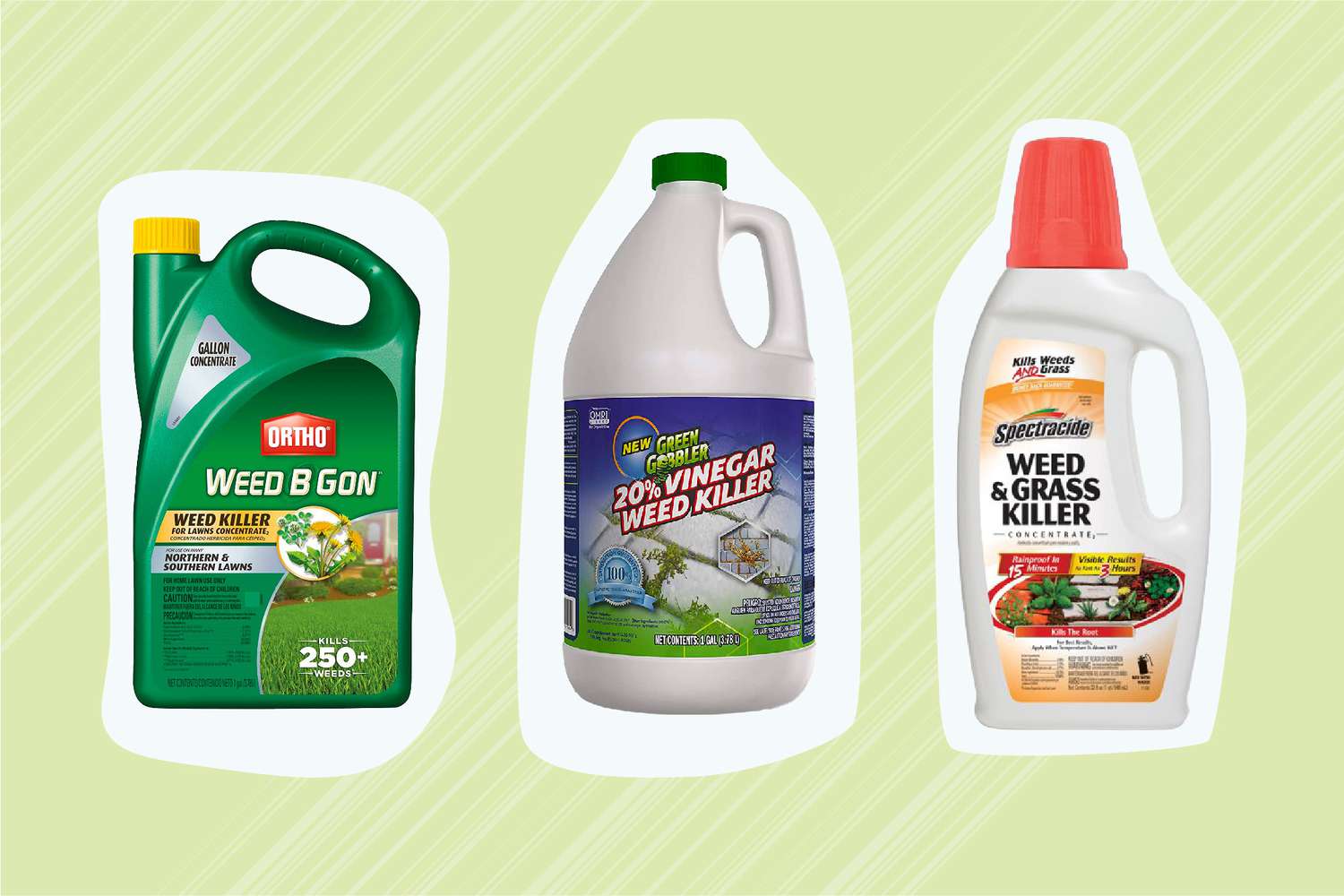
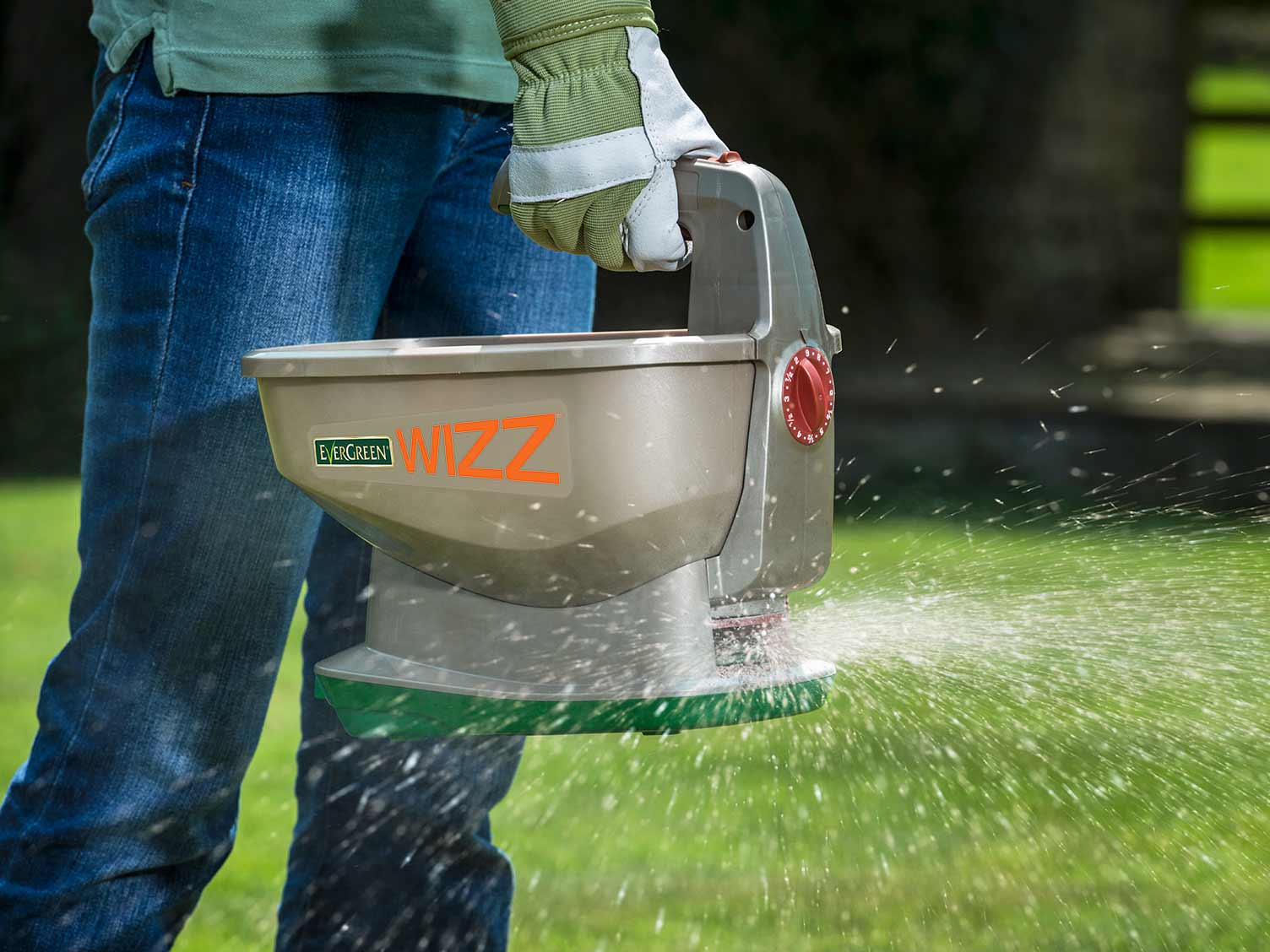
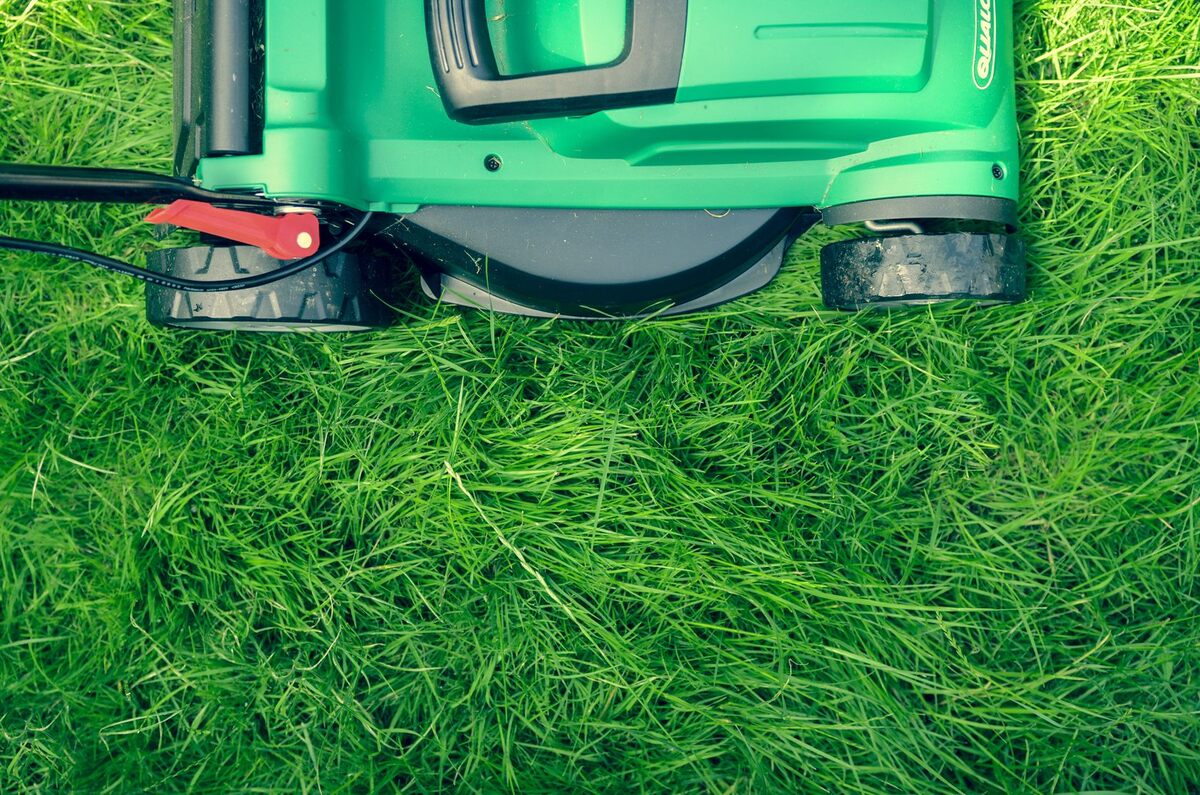
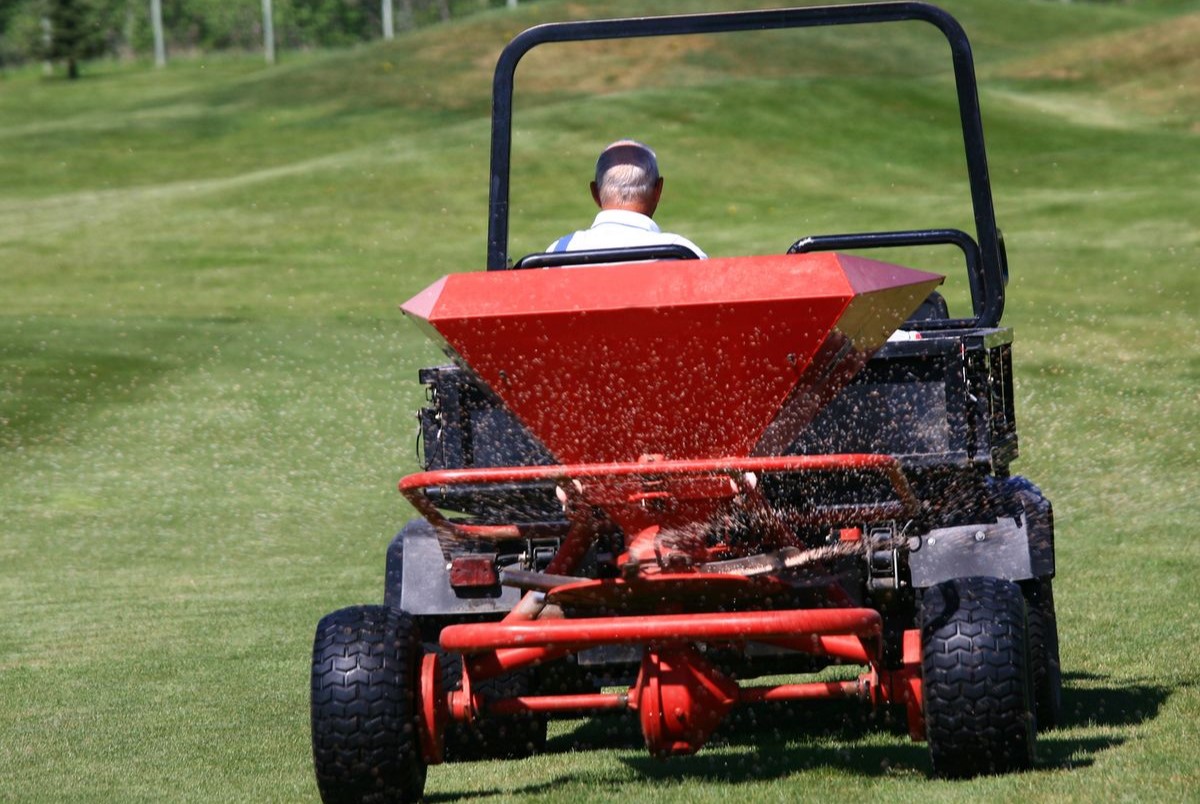
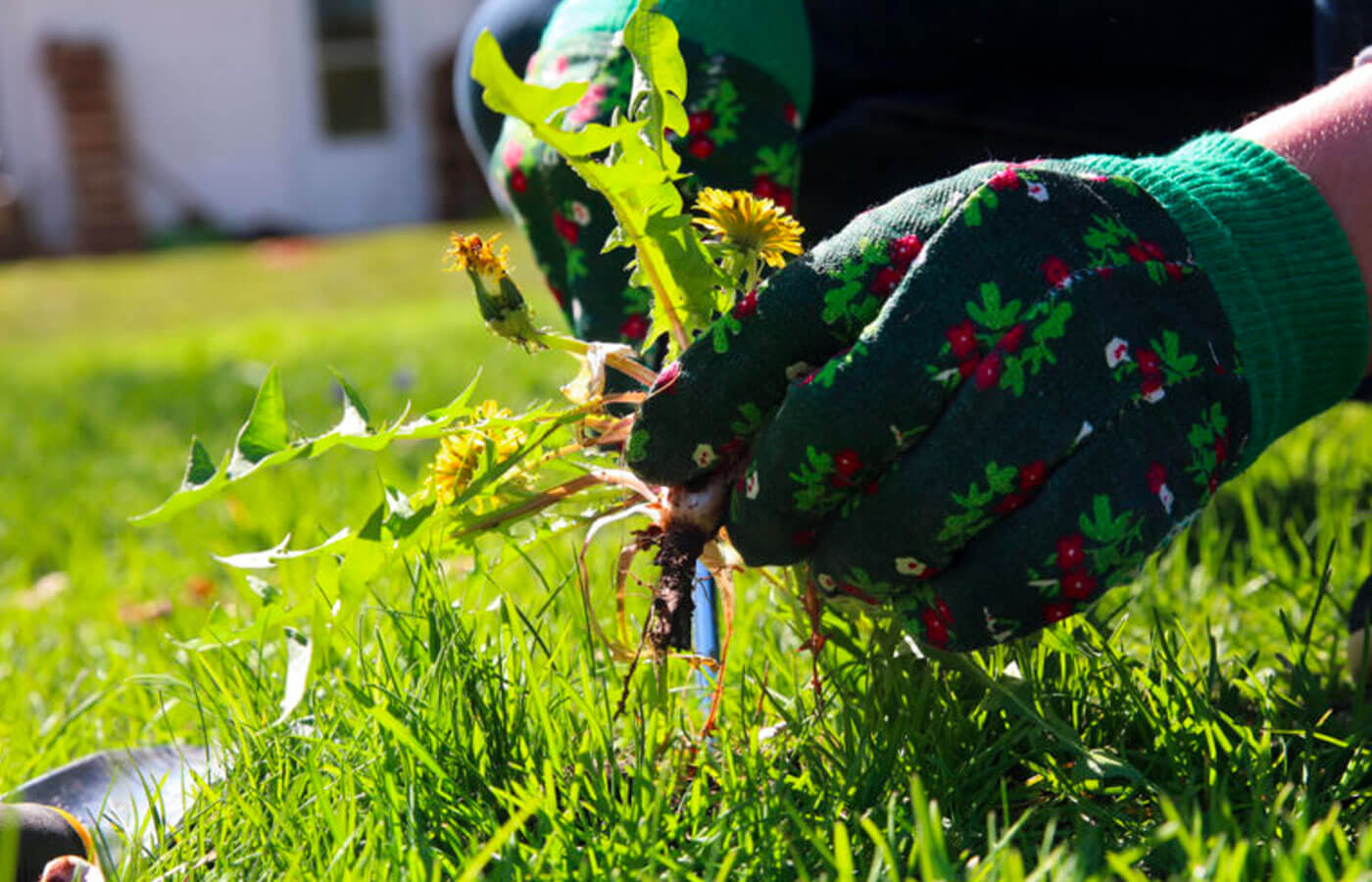
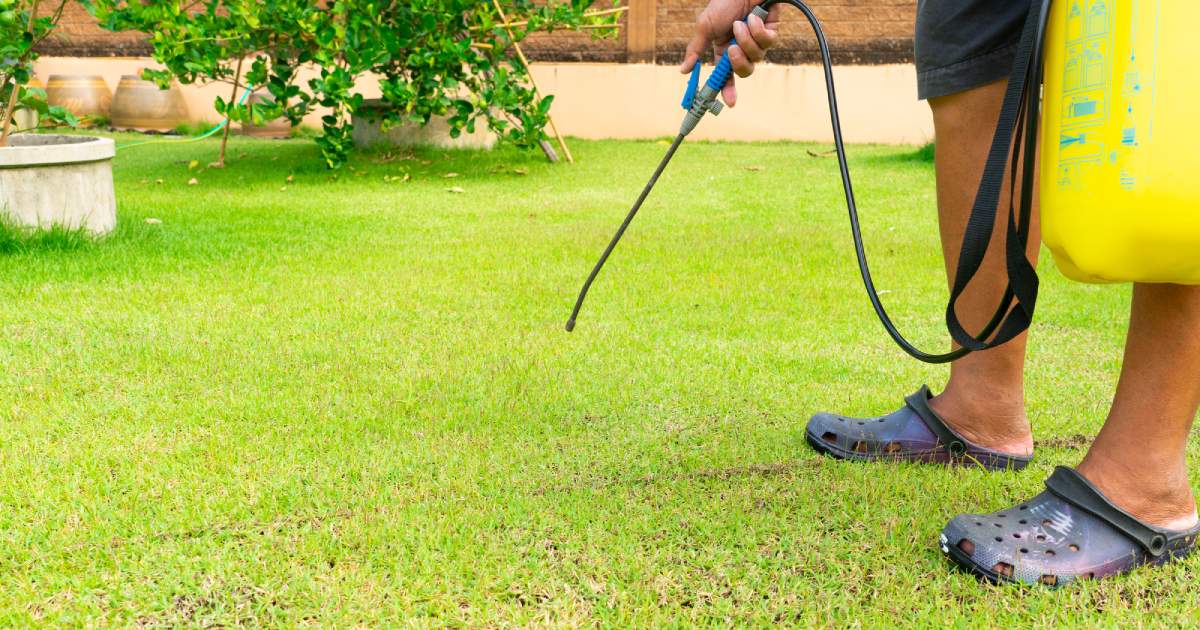
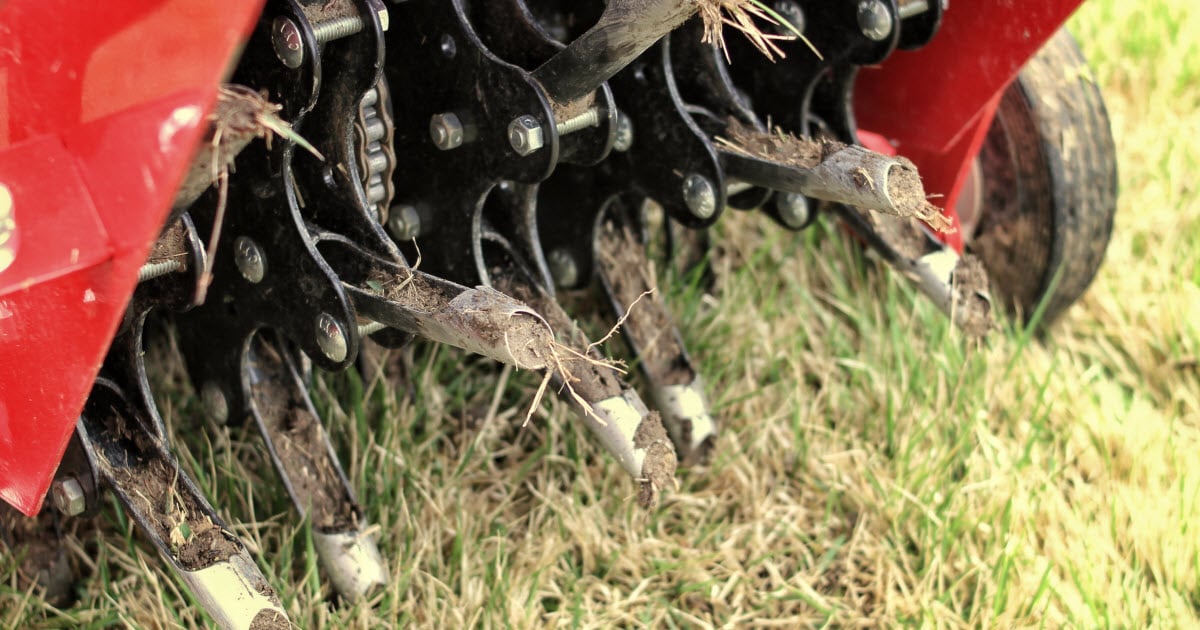

0 thoughts on “How Long To Wait To Plant Grass Seed After Using Weed Killer”